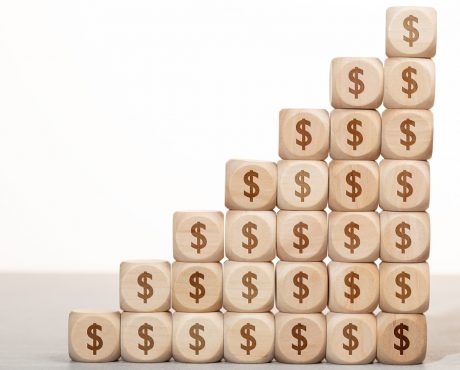“Boring” Company Provides Exciting Returns
For companies that want to appeal to income investors, there are a few milestones that they can brag about.
When a company has increased its dividend for five years in a row, it’s considered a Dividend Challenger. When it extends that track record to a decade, it becomes a Dividend Achiever.
After reaching 25 consecutive years of annual dividend hikes, the company earns the title of Dividend Champion. There’s also a title called Dividend Aristocrat, which, in addition to requiring a 25-year dividend-increase history, requires companies to be members of the S&P 500 index. Dividend Champions don’t have to belong to the benchmark index.
Finally, there are Dividend Kings, which include companies with at least 50 consecutive years of annual dividend increases. Just think about that for a second. The economy has had plenty of ups and downs over the past half-century—and the stock market has experienced quite a few crashes—yet shareholders of Dividend Kings received bigger dividend checks every single year.
But for some companies, even the Dividend King title may not be enough. Just look at Procter & Gamble Co (NYSE:PG).
On April 13, Procter & Gamble’s board of directors announced a 10% increase to the company’s quarterly dividend rate to $0.8698 per share. The announcement marked the company’s 65th consecutive annual dividend increase. (Source: “P&G Declares Dividend Increase,” Procter & Gamble Co, April 13, 2021.)
In other words, PG stock is 15 years above the Dividend King threshold. And if you look further back, you’ll see that Procter & Gamble has been paying uninterrupted dividends ever since its incorporation in 1890.
Of course, as is the case with most things in the investment world, past performance does not guarantee future results.
However, Procter & Gamble stock’s dividend growth history should, at the very least, serve as a sign of strength for the company. This is because, given the numerous cycles the economy went through over the last 65 years, a company would need some durable competitive advantage to mail out bigger dividend checks every single year.
Indeed, Procter & Gamble Co is such a solid company that it has 22 brands that each generate more than $1.0 billion in annual sales. Its product portfolio spans 10 categories: fabric care, home care, baby care, feminine care, family care, personal health care, oral care, skin and personal care, and grooming. Many of the company’s brands, such as “Bounty,” “Crest,” “Oral-B,” “Tide,” and “Gillette,” are so well known that they are found in households around the world.
Other than having an established market position, the company also benefits from the essential nature of its products. Whether the economy is booming or in a recession, toothpaste, laundry detergent, and paper towels will likely remain on most households’ shopping lists.
And here’s something you wouldn’t expect from a consumer staples giant that’s well over a century old: financial growth.
In the third quarter of Procter & Gamble’s fiscal year 2021, which ended March 31, it generated $18.1 billion in net sales, representing a five-percent increase year-over-year. Its organic sales, which exclude the impact of acquisitions, divestitures, and exchange-rate fluctuations, rose by four percent in the quarter. (Source: “P&G Announces Fiscal Year 2021 Third Quarter Results,” Procter & Gamble Co, April 20, 2021.)
At the bottom line, Procter & Gamble earned net income of $1.26 per diluted share, up 13% from the $1.12 per diluted share it generated in the year-ago period.
Another thing that makes PG stock stand out is the company’s ability to generate free cash flow, which is defined as operating cash flow minus capital spending. In the March quarter, the company generated $4.1 billion of operating cash flow while paying $656.0 million for capital expenditures, resulting in free cash flow of $3.4 billion. Considering that Procter & Gamble paid $2.0 billion in dividends to shareholders for the quarter, its free cash flow covered the payout with a substantial margin of safety.
For full-year fiscal 2021, management expects Procter & Gamble’s reported sales and organic sales to increase by five to six percent compared to fiscal 2020. Its core earnings per share, on the other hand, are projected to increase by eight to 10 percent year-over-year.
Bottom Line on Procter & Gamble Co
Even though the consumer staples sector is considered to be boring in today’s market, Procter & Gamble stock investors have received some very exciting returns. Including automatic dividend reinvestment, shares of Procter & Gamble Co have delivered a total return of more than 90% in the last five years.
At its current share price, PG stock yields 2.5%.
